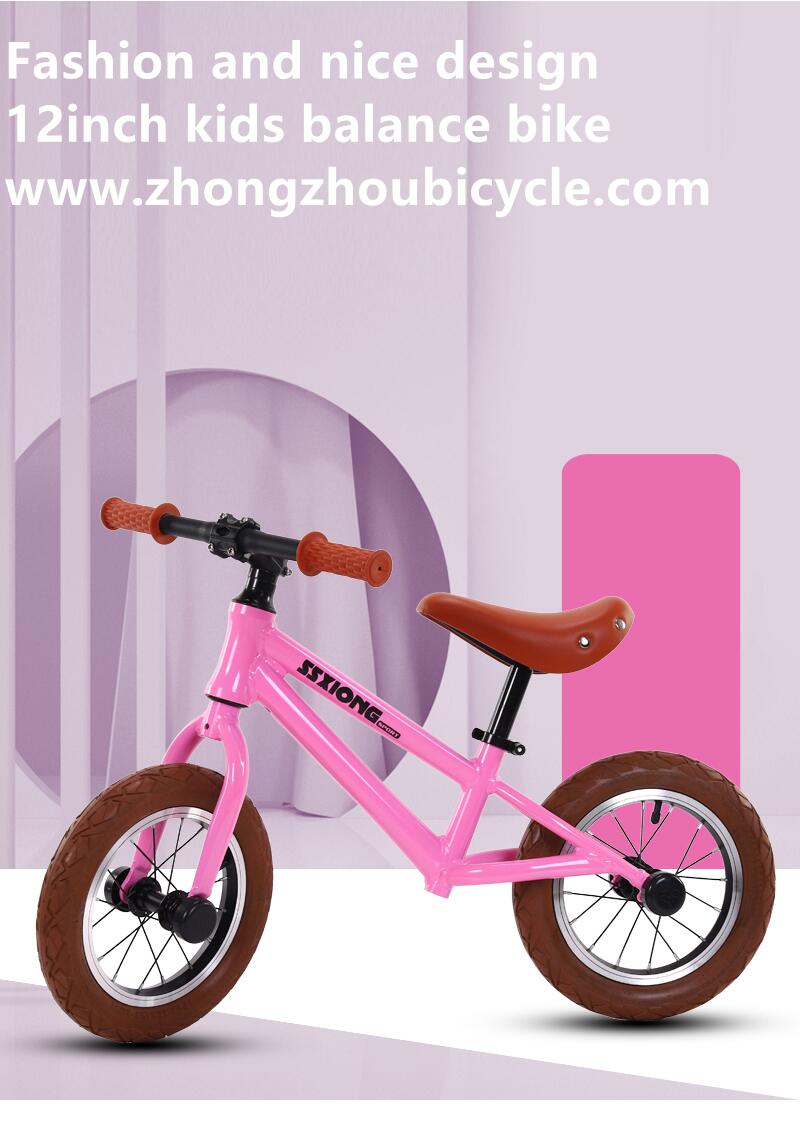how to choose a mtb
How to Choose a Mountain Bike A Comprehensive Guide
Choosing the right mountain bike (MTB) can be a daunting task, especially for beginners. With numerous brands, models, and features available, it's essential to consider various factors that will cater to your specific riding style and terrain preferences. In this article, we’ll outline the key aspects to consider when choosing a mountain bike.
1. Determine Your Riding Style
Understanding your riding style is fundamental to selecting the perfect MTB. There are several types of mountain biking, including cross-country (XC), trail riding, all-mountain (enduro), and downhill biking. Cross-country bikes are designed for speed and climbing, featuring lightweight frames and narrower tires. Trail bikes, on the other hand, are more versatile and can handle a variety of terrains. All-mountain bikes are built for aggressive riding, with more suspension travel for rough terrain, while downhill bikes are heavy-duty models designed purely for descending steep slopes.
2. Frame Material
Mountain bike frames are generally made from three materials aluminum, carbon fiber, and steel. Aluminum frames are the most common due to their balance of weight, strength, and affordability. Carbon fiber frames are lighter and offer superior shock absorption, but they come at a higher price point. Steel frames are known for their durability and comfort but are heavier than aluminum and carbon options. Consider your budget and riding needs when selecting the frame material.
Mountain bikes come with either hardtail or full-suspension designs. Hardtail bikes have a suspension fork at the front but no rear suspension. They are lighter, more efficient for climbing, and often less expensive. Full-suspension bikes feature a suspension system in both the front and rear, providing better control and comfort on rough terrains, making them ideal for aggressive riding. Your choice should depend on the type of trails you plan to ride.
how to choose a mtb

4. Wheel Size
Mountain bike wheels come in several sizes, the most common being 26-inch, 27.5-inch (650B), and 29-inch. The wheel size affects ride quality, speed, and maneuverability. Larger wheels, like the 29-inch, roll over obstacles more easily and maintain speed well but can be less nimble in tight trails. In contrast, smaller wheels provide better acceleration and handling in technical terrain. Choose a wheel size that matches your riding style.
5. Components and Gearing
The components of a mountain bike, including the brakes, gears, and tires, play a vital role in performance. Disc brakes are preferred for their superior stopping power, especially in wet conditions. Regarding gearing, more gears provide versatility; however, single-speed models can be sufficient for flat and less challenging terrains. Ensure the components align with your level of experience and terrain preferences.
6. Test Ride
Once you’ve narrowed down your options, it’s crucial to test ride the bikes you’re considering. Pay attention to how the bike feels when you ride it, focusing on comfort, control, and responsiveness. Ensure that the bike fits you well, as an ill-fitting bike can lead to discomfort and inefficient riding.
Conclusion
Choosing the right mountain bike involves careful consideration of your riding style, frame material, suspension type, wheel size, and components. Taking the time to test ride various bikes will significantly enhance your chances of selecting a model that fits your expectations and enhances your riding experience. With the right mountain bike, you can enjoy the thrill of the trails while improving your skills and confidence on the bike. Happy riding!
-
Why Ride On Toys Are Every Kid’s FavoriteNewsApr.03,2025
-
Why a Mountain Bike is Perfect for Outdoor AdventuresNewsApr.03,2025
-
Why a Baby Tricycle is the Perfect First RideNewsApr.03,2025
-
The Joy of Learning with a Kids Balance BikeNewsApr.03,2025
-
The Fun and Benefits of a Childrens ScooterNewsApr.03,2025
-
Find the Perfect Kids' Bikes for Fun and AdventureNewsApr.03,2025
-
Perfect Color for Your Mountain BikeNewsFeb.27,2025








